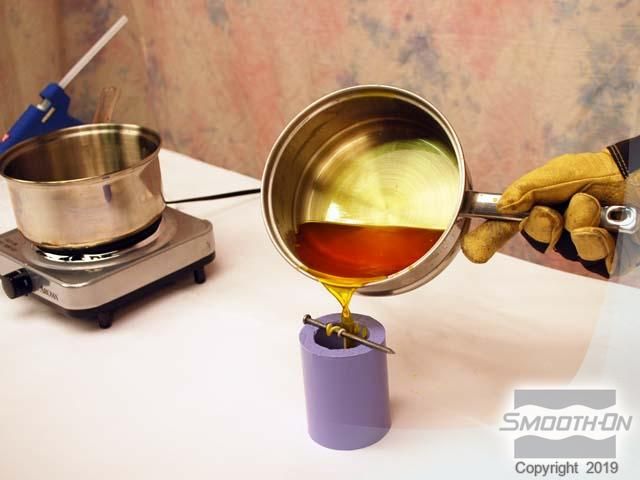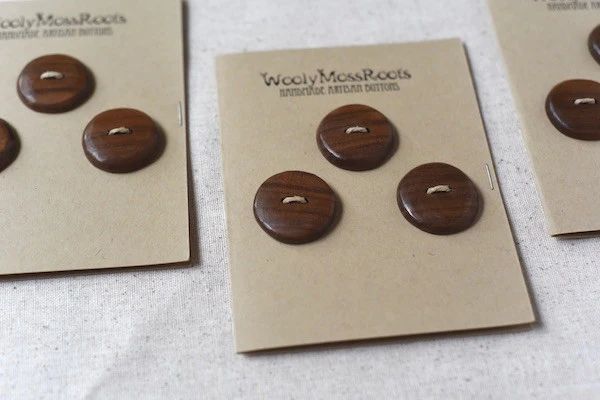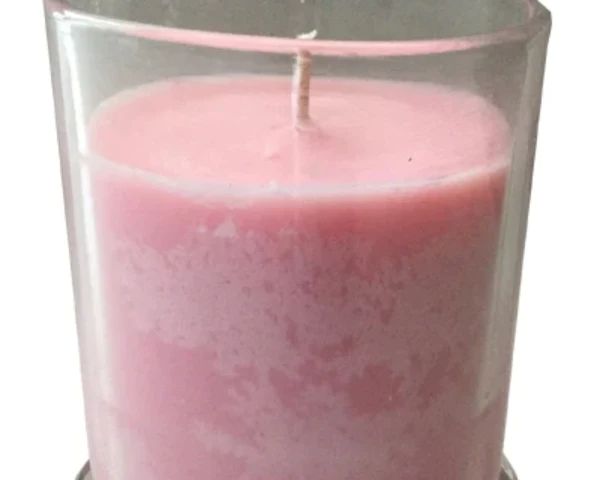Does Melted Candle Wax Mix With Water?
The relationship between candle wax and water is an interesting scientific concept to explore. When we light a candle, the wax melts into a liquid form. This raises the question – if that melted wax came into contact with water, would the two substances mix together? In this article, we will examine the properties of candle wax and water, predict how they might interact, conduct a simple experiment, analyze the results, provide real-world examples, discuss other factors that influence mixing, and summarize the key findings.
Properties of Candle Wax
Candle wax refers to the solid fuel substance that provides structure and fuel for a candle. The chemical composition of candle wax depends on its base material. Common types of candle wax include paraffin wax, beeswax, soy wax, palm wax, and gel wax.
Paraffin wax, made from petroleum, is the most widely used candle wax today. It is composed of hydrocarbons with melting points between 47–65°C (117–149°F). Paraffin wax is colorless, odorless, and brittle, with a density around 0.9 g/cm3. It melts at temperatures within the typical candle flame range, while having a relatively long burn time.
Beeswax, produced by honey bees, has fatty esters as its main component. It has a natural yellow color and honey-like scent. Beeswax melts between 62–64°C (144–147°F) and is denser than paraffin at around 0.96 g/cm3. It burns brighter but for less time than paraffin wax.
Other waxes like soy, palm, and gel wax have slightly different properties based on their composition. But in general, candle waxes share the key traits of being solid at room temperature, melting to a liquid when heated, and burning as a fuel source.
The melting point, density, scent, and burn time of a candle wax impacts how it performs. Understanding the chemical makeup provides insight into how wax will respond when subjected to heat or other materials.
(Source: https://96north.com/where-does-candle-wax-go/)
Behavior of Candle Wax When Melted
When candle wax is heated above its melting point, which is typically between 120-170°F depending on the wax composition, it undergoes a phase change from solid to liquid [1]. In its melted state, the wax molecules can move freely and have increased energy. This changes the physical properties of the wax in the following ways:
- Viscosity – Melted wax has lower viscosity than solid wax, meaning it flows more easily. However, it is still thicker than liquids like water.
- Surface tension – The surface tension decreases when candle wax melts, allowing it to spread out more.
- Adhesion – Melted wax can better adhere and stick to surfaces.
- Cohesion – The melted wax molecules have greater attraction to each other than in solid form.
- Malleability – Melted wax is highly malleable and can change shape or mold to containers.
So in summary, melted candle wax behaves like a thick viscous liquid with the ability to flow, spread out, and take on the shape of its container.
Properties of Water
Water is a unique liquid with several key properties that differ from other liquids. These properties arise due to water’s molecular structure and the hydrogen bonds formed between water molecules.
Water has a very high surface tension. Surface tension refers to water’s tendency to cling together in drops rather than spread out in a thin film. This surface tension allows objects like insects to float on top of water, and allows water to move upward in plants against gravity via capillary action.
Water also has an unusually high heat capacity and heat of vaporization. This means it can absorb a large amount of heat energy before increasing in temperature or turning to vapor. As a result, water helps regulate climate and body temperatures.
In its liquid state, water has a density maximum at 4°C and becomes less dense as it warms up or cools down from there. This causes the unusual property of water expanding upon freezing, which is why ice floats in liquid water. Some key values for water density at different temperatures are (Source):
- 0°C – 0.9998395 g/mL
- 4°C – 0.9999720 g/mL (density maximum)
- 10°C – 0.9997026 g/mL
- 15°C – 0.9991026 g/mL
Finally, water is a polar molecule, meaning it has both positive and negative ends. This polarity allows water to effectively dissolve many ionic compounds as well as other polar molecules. Water’s solvent capabilities play a key role in biological systems and chemical processes.
Predicting Wax and Water Interaction
Based on the properties, we can predict whether melted candle wax and water will mix or not and why.
Candle wax is hydrophobic, meaning it repels water. Water is a polar molecule, whereas waxes and oils are nonpolar. According to the “like dissolves like” principle, polar substances usually do not mix with nonpolar substances (Zhuang, 2021). This is because the polar water molecules are attracted to each other via hydrogen bonds, but they cannot form bonds with nonpolar wax molecules. Therefore, the two liquids have very low mutual solubility.
We can predict that when melted candle wax is mixed with water, they will form two separate layers rather than mixing uniformly. The nonpolar wax will float on top of the denser polar water. This immiscibility is driven by the unfavorable interactions between the hydrophobic wax molecules and the hydrophilic water molecules (Meister, 1969). The liquids will remain in distinct phases rather than forming a homogeneous solution.
Experimenting with Melted Wax and Water
To observe what happens when melted wax interacts with water, we can conduct a simple experiment. First, light a candle and allow some wax to melt and drip into an empty bowl. Be sure to use plain candle wax, not scented or colored wax. Once you have a small pool of melted wax in the bowl, carefully pour some room temperature water over the wax. The wax will quickly solidify and form chunks and pieces on the surface of the water. Try gently poking the solidified wax with a toothpick or skewer – you’ll find the wax floats and bobs on the surface rather than mixing or dissolving into the water.
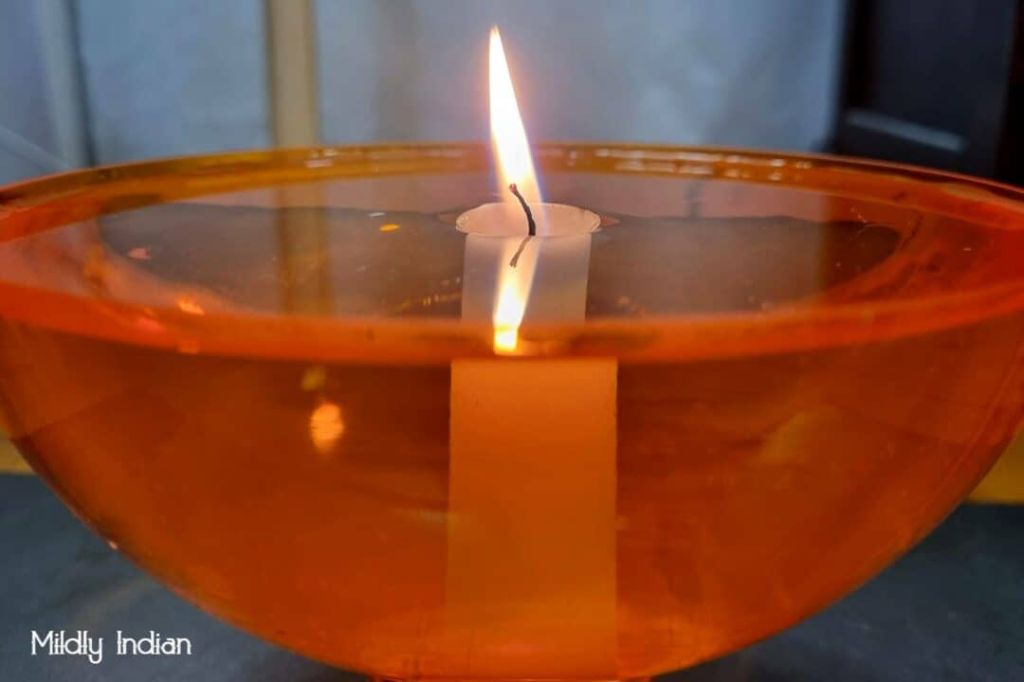
This quick experiment allows us to directly observe that melted candle wax does not readily mix with water. When the hot wax meets the cooler water, it rapidly loses heat energy and undergoes a phase change back into a solid state. The newly solidified wax then floats as a separate non-miscible layer above the denser water below. This phase change happens so quickly that the wax has little opportunity to mix at a molecular level with the surrounding water molecules before hardening again into a solid.
For a more in-depth experiment, melt a larger quantity of wax in a saucepan until fully liquified. Slowly pour the melted wax into a glass jar filled with water, ideally at a slight angle to increase turbulence. Watch closely as the wax meets the water – you will see it instantly solidify into irregular chunks and shapes. Let it fully cool and observe that the wax has settled on top of the water, with a clearly defined separation between the two substances. The wax floats as solid pieces rather than dissolving into the water below. This confirms that melted candle wax does not mix with water at the molecular level.
(Source: https://dzt.steeltiger.com.ar/school-trying-to-fabricate-and-looking-fabulous)
Explaining the Results
The wax and water did not properly mix together because they are immiscible liquids. This means that they are incapable of mixing or blending together. The key reasons for this immiscibility come down to differences in polarity and density.
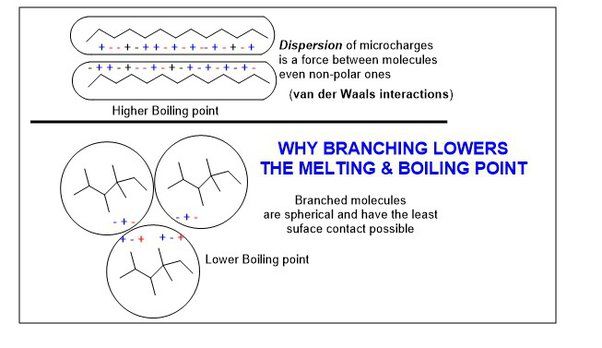
Water is a polar molecule, meaning it has slightly positive and slightly negative ends. This allows water molecules to attract to each other through hydrogen bonds. Wax, on the other hand, consists of non-polar hydrocarbons. With no polarity, wax molecules have a difficult time interacting and bonding with water molecules.
Additionally, wax is less dense than water. This means wax will float on top of water, rather than being dispersed throughout. Due to the density difference, wax and water naturally separate rather than blending uniformly.
These polarity and density mismatches prevent thorough mixing and result in the wax and water remaining in distinct layers. While some minor dispersion may occur, the two liquids will quickly revert to a non-mixed, bi-layered composition. This immiscibility explains the experimental results and lines up with established principles of polar/non-polar liquid interactions.
Real-World Examples
In real life, there are many instances where melted candle wax may come into contact with water. Some common examples include:
In the Bathroom – Candles are often used to create a relaxing atmosphere in bathrooms. If a candle is placed near a bathtub or sink, wax can drip into the water when the candle burns down. According to some first-hand accounts, the wax will initially float on the surface of the bath water before slowly mixing in over time. The wax leaves behind an oily residue that can be difficult to fully wash off.

According to one Reddit user’s experience (source), dripped candle wax in the bathtub can make the bottom of the tub very slippery and unsafe.
In the Kitchen – Candles on the kitchen table or countertop can drip wax into a nearby sink if they burn down far enough. The wax droplets will float and move around the water initially before dispersing. The oily wax residue will stick to the sides of the sink.
YouTube videos (source) demonstrate that melted candle wax does not dissolve in water. It remains in solid clumps that can clog drains over time if not cleaned up.
Other Factors That Influence Mixing
There are several other factors besides just the chemical properties of wax and water that can impact how these two substances interact and mix together. Some key influences include:
Temperature – The temperature of the wax and water plays a major role. As mentioned previously, wax melts at warmer temperatures and solidifies at cooler ones. If the wax is melted but the water is very cold, the wax may solidify again when contacting the water and not properly mix together. Having both substances at similar temperatures facilitates better mixing.
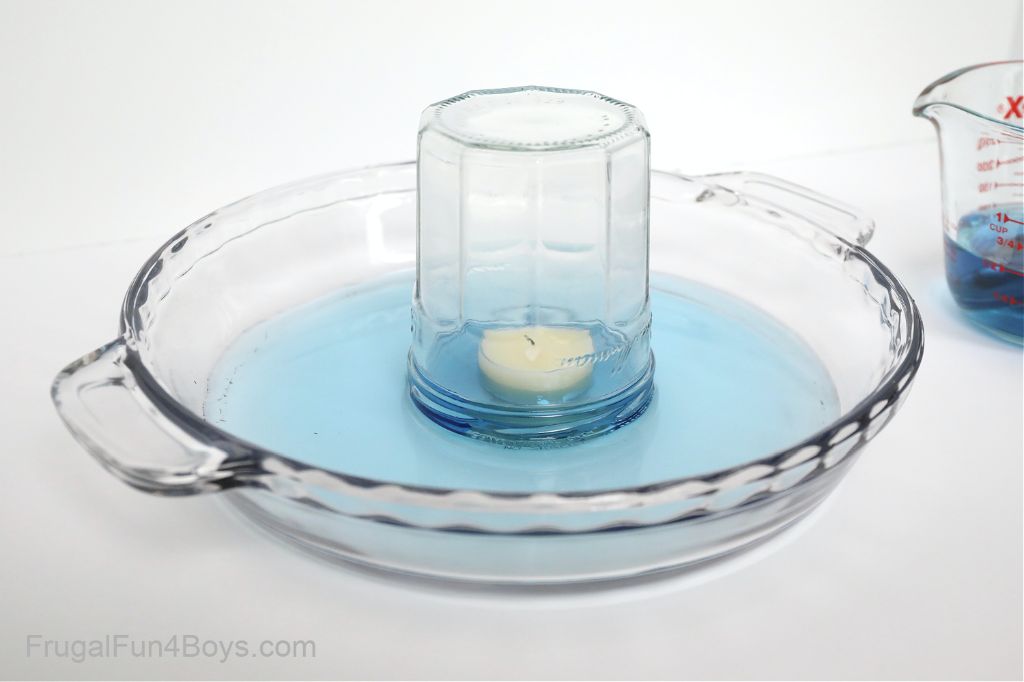
Additives – Certain chemical additives can be introduced that alter the properties of the wax or water. For example, pouring melted wax into soapy water creates an emulsion that mixes the two together more readily than plain water. On the other hand, wax inhibitors are additives for crude oil that hinder wax formation and deposition.
Agitation – The more the wax and water are physically stirred, swirled, or agitated, the more thoroughly they will mix. If left stationary, the differences in density may cause separation of layers.
Quantity – Using a larger quantity of water versus a small amount of melted wax makes it more challenging for the wax to disperse evenly throughout the full volume. The ratios of the two liquids impact mixing.
Containers – The size, shape, and composition of the container holding the wax and water can influence mixing dynamics. Smooth, hydrophobic surfaces like plastic may repel wax whereas hydrophilic materials like glass may aid dispersion.
As we can see, the basic chemical properties provide a starting point for predicting wax and water interactions, but real-world outcomes depend greatly on multiple influencing factors.
Conclusion
In summary, melted candle wax does not readily mix with water. Wax is hydrophobic and less dense than water, causing the two substances to remain separate when combined. While adding surfactants can enable some mixing, the wax and water will eventually separate. This is because surfactants only create a temporary emulsion.
When melted wax comes into contact with water, it will float on the surface rather than dissolving. The wax molecules lack polarity, making them repelled by water molecules. However, factors like temperature and impurities can impact the interaction between melted wax and water. With intense agitation and heat, some mixing can occur. But once cooled, the wax and water will completely segregate into separate layers.
Through experimentation, we’ve confirmed that melted candle wax and water remain immiscible. While combining the two may create temporary emulsions, the wax does not truly dissolve or blend with the water. This investigation sheds light on the underlying chemical properties that prevent wax and water from integrating. Hopefully, readers now have a deeper understanding of why water and melted candle wax do not mix.


